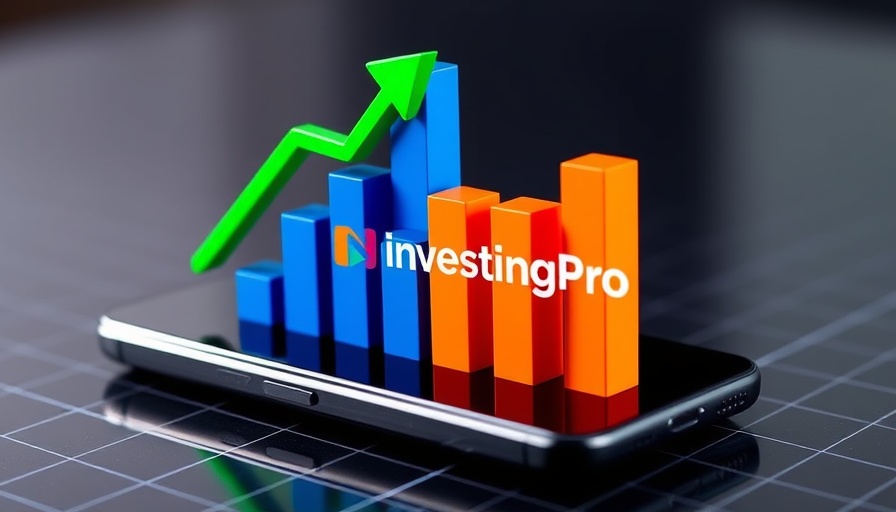
Understanding the Impact of Recent Metals Tariffs
In a significant shift for international trade, the U.S. has implemented a major hike in tariffs on imported steel and aluminum, doubling rates from 25% to 50%. This landmark decision is being executed as part of ongoing tensions in global trade policies, and it's critical for both consumers and investors to understand its broader implications.
What Triggered This Tariff Increase?
The announcement of the tariff increase coincides with President Donald Trump's recent campaign to negotiate "best offers" from U.S. trading partners. Amid mounting concerns over the implications of trade wars, the doubling of tariffs is a strategic move to incentivize nations to present more favorable trade terms. At its core, this bold policy aims to protect domestic industries and reduce reliance on foreign materials.
The Immediate Economic Effects
Compliance with this tariff rule is expected to ripple through various sectors, impacting prices for construction and manufacturing. As companies faced with higher costs pass those on to consumers, price increases in appliances, vehicles, and even infrastructure projects are anticipated. Economically, this could strain consumer budgets and introduce volatility across industries reliant on steel and aluminum imports.
Long-Term Predictions: What Lies Ahead?
The trade landscape may undergo profound changes in the coming months. Analysts predict that such unapologetic tariff impositions may lead U.S. trading partners to reassess their international agreements, potentially leading to retaliatory measures. These could manifest as similar tariffs on U.S. goods, creating a cycle of economic strain, and complicating investment strategies across multiple sectors.
Emotional and Human Interest Perspectives
For many workers in the steel and aluminum industries, these tariffs may seem like a protective measure. The promise of preserving jobs within the U.S. manufacturing sector is vital for families that depend on these industries. However, the instabilities that come with trade wars also evoke anxieties over employment continuity, wage security, and economic futures.
Investment Insights: Navigating a Shifting Market
As this dynamic unfolds, investors may need to adjust their strategies. Those invested in commodities, particularly within the metals sector, should monitor fluctuations closely. Commodities trading could become highly lucrative given the recent price hikes. Additionally, this is a salient moment for portfolio diversification; investors must consider hedging against inflation, especially in sectors heavily impacted by rising import costs.
Exploring Alternatives and Risk Management
With markets in flux due to these tariff changes, it’s essential to explore alternative investments. Strategies such as allocations into real estate investment trusts (REITs) or commodities ETFs can offer stability. Risk management in investing becomes paramount during turbulent times — those looking to safeguard their investments should revisit their asset allocations and consider utilizing tools such as stop-loss orders to protect against significant market dips.
Frequently Asked Questions on Tariffs and Investments
As we navigate this evolving landscape, several common questions arise regarding the effects of tariffs on investments. What sectors should investors prioritize, and how should they adjust their portfolios to mitigate potential losses? The key will be to stay informed regarding market trends and seek advice from financial experts to develop sound investment plans.
Conclusion: An Urgency to Adapt
As higher metals tariffs take effect, understanding the implications of these changes is crucial for both consumers and investors. Keeping up with stock market news and broader economic indicators will guide informed decision-making. Adaptation and awareness during these periods of uncertainty are essential to not only secure financial stability but also capitalize on emerging opportunities.
 Add Row
Add Row  Add
Add 



Write A Comment